With attention spans getting shorter and competition fiercer, brands are constantly searching for that magic formula to stand out. But the answer isn’t always a bold campaign or viral moment – it’s often something far simpler: familiarity.
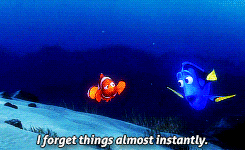
There’s a psychological principle that explains why we’re drawn to things we’ve seen before. It’s called the Mere Exposure Effect, and when applied consistently, it can be one of your brand’s most powerful tools.
What is the Mere Exposure Effect?
First discovered by social psychologist Robert Zajonc in 1968, the Mere Exposure Effect describes our tendency to develop a preference for things simply because we’re familiar with them. In other words: the more we’re exposed to something – whether it’s a face, a logo, a jingle or a headline – the more we tend to like it.
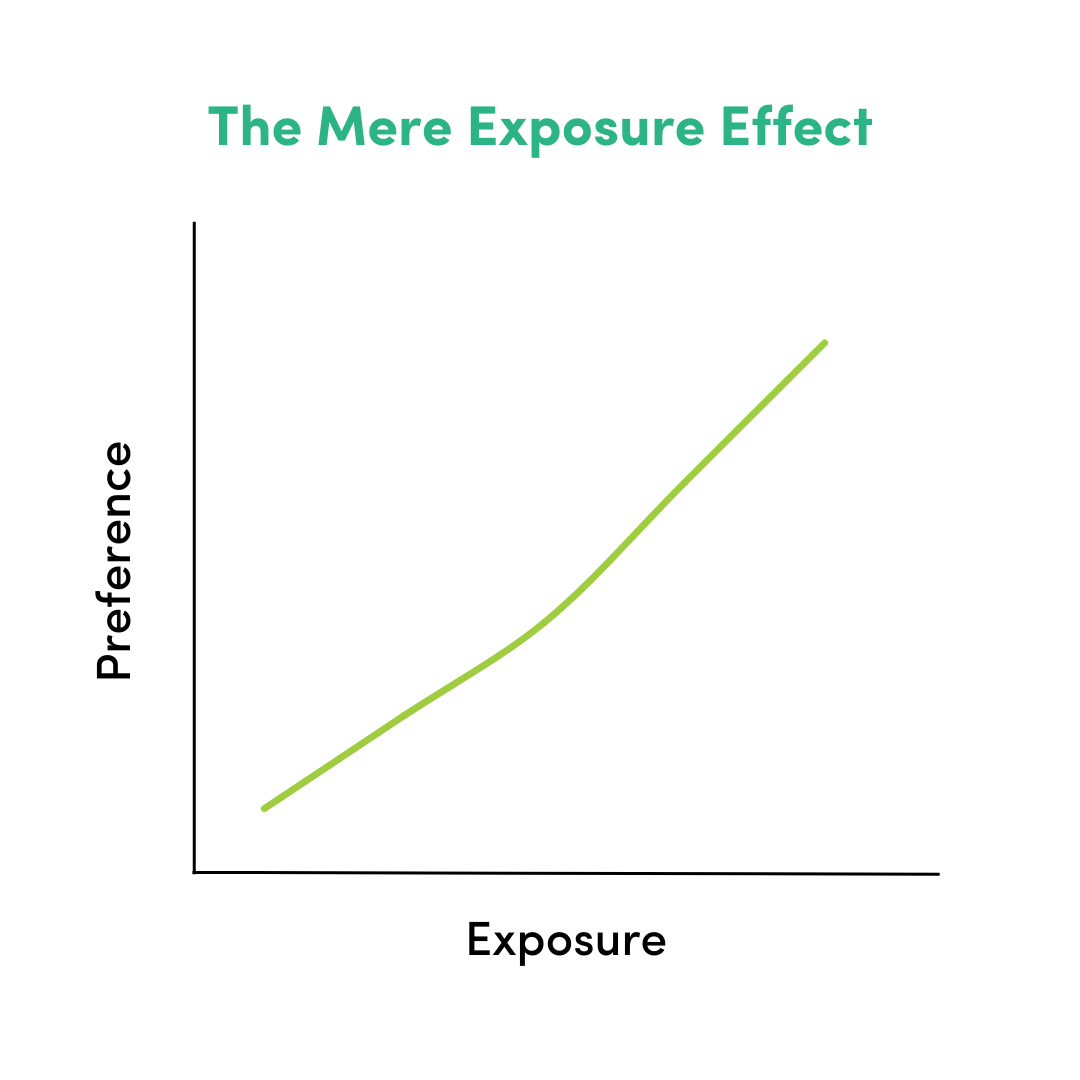
This psychological phenomenon works quietly in the background. Even if your audience scrolls past your ad without clicking, just seeing it contributes to a sense of familiarity. And that familiarity builds trust over time.
Why it matters in marketing
People rarely buy from a brand the first time they see it. More often than not, buying decisions are the result of repeated, low-pressure exposure. Think about your own habits – how often have you chosen a product, not because it was the best on paper, but because you’d “seen it around”?
That’s the Mere Exposure Effect at work.
In a world where digital feeds are overflowing, the brands that show up consistently – even subtly – have the advantage. They become recognisable, then trusted, then chosen.
How Always-On Marketing leverages this effect
Always-on marketing is the perfect vehicle for the Mere Exposure Effect. It’s about maintaining a consistent presence across your channels – not just during a campaign or a sale, but all year round.
Every email, social post or display ad adds another drop into the familiarity bucket. Even if those individual interactions don’t drive immediate conversions, they’re still doing the heavy lifting of brand-building behind the scenes.
Here’s how it plays out:
-
A potential customer sees your Instagram post.
-
A week later, they notice your logo in a newsletter.
-
A few days after that, they see a display ad while browsing online.
-
Then – when they actually need what you offer – your brand is already familiar.
That’s when conversions happen.
Tips for Putting the Mere Exposure Effect into Action
You don’t need a massive budget or flashy campaign to benefit from this. You just need consistency and intention. Here’s how:
1. Show up regularly across channels
Whether it’s organic content, paid ads, or email marketing – your brand should be visible where your audience spends time.
2. Be consistent with your branding
Colours, logos, tone of voice – these are your visual and verbal cues. Keep them uniform across every touchpoint.
3. Don’t worry about ‘going viral’
Your goal isn’t always to break the internet. Often, the most effective posts are the ones that quietly show up again and again.
4. Update creatives – but keep the core familiar
Freshen up your content regularly to avoid fatigue, but keep your core message and branding elements consistent.
5. Combine always-on with campaign-based activity
When it’s time to launch a campaign, the audience you’ve steadily exposed to your brand will be more likely to engage and convert.
Build trust first. Sales will follow.
The Mere Exposure Effect is proof that repetition isn’t boring – it’s powerful. And when you pair that with a well-planned always-on strategy, you create a foundation of trust and recognition that makes future campaigns far more effective.
If you’re ready to turn quiet visibility into long-term loyalty, we’re here to help. Aston Digital can work with you to develop and manage always-on marketing that keeps your brand visible, consistent and conversion-ready – no matter what the market is doing.
Book a discovery meeting with our team today and let’s keep your brand front of mind, always.

Once upon a time, Black Friday was a single weekend event that followed Thanksgiving in the U.S. It's basically their version of Boxing Day sales but with [...]
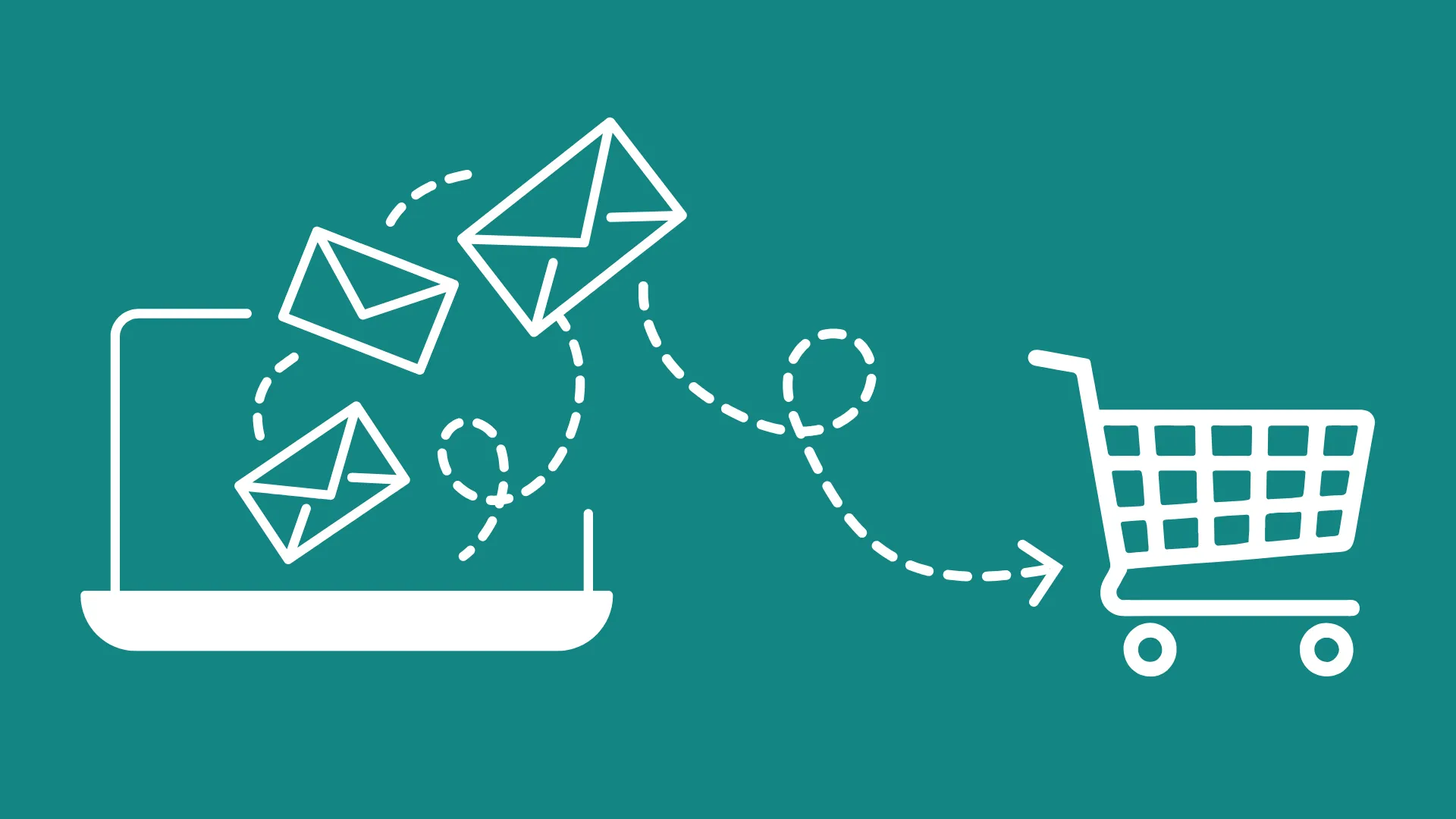
People are opening your emails. They’re clicking your links. But… they still haven’t converted. You're first reaction is probably, "My emails aren't working." But that's not actually [...]

We’ve entered a new era of marketing - one where your content is no longer just read by people. It’s interpreted by AI. From Google’s Search Generative [...]
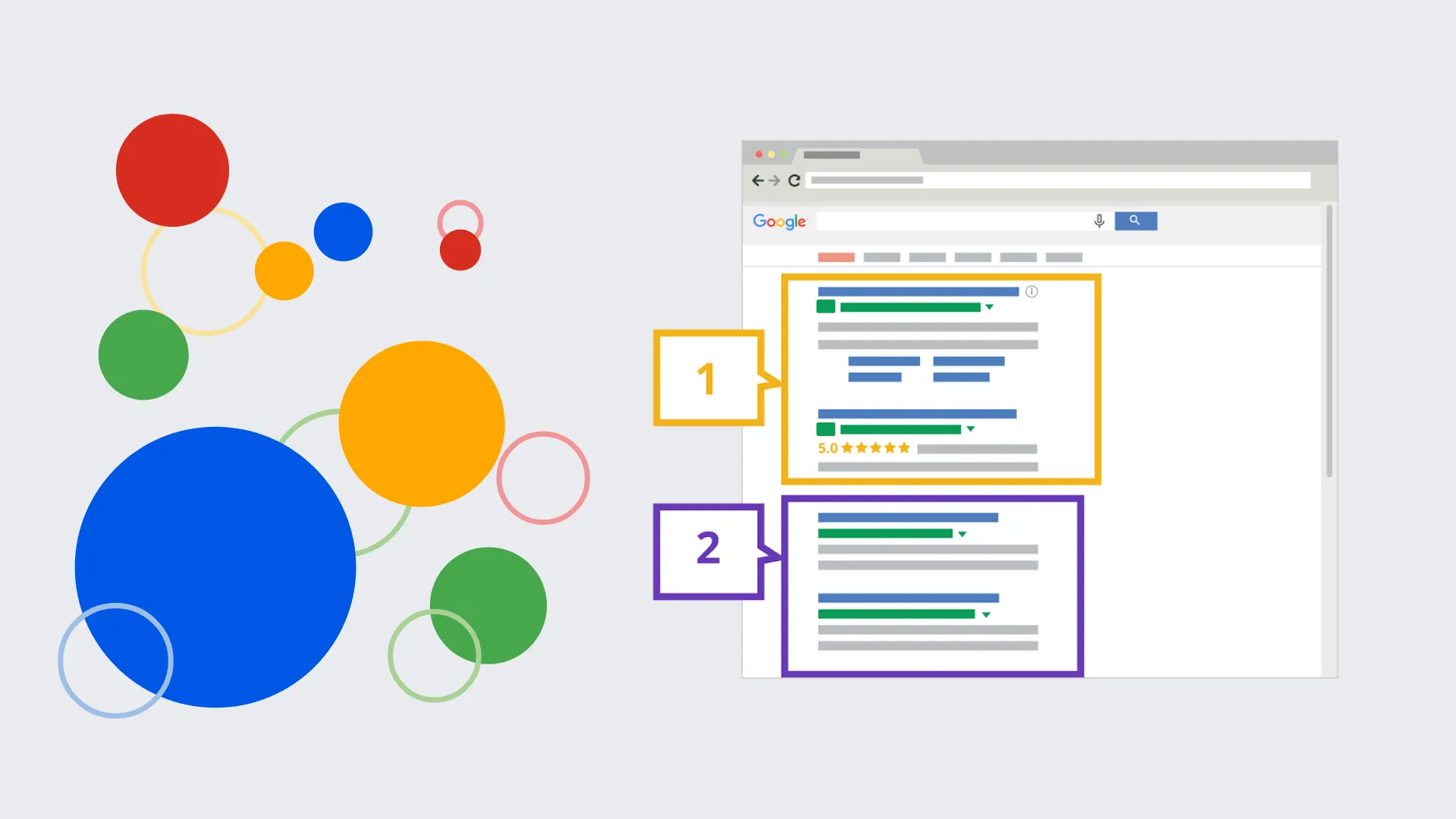
For months, we’ve all been wondering what the future holds for Google Ads with AI Overviews and the new AI Mode changing the way people interact with [...]
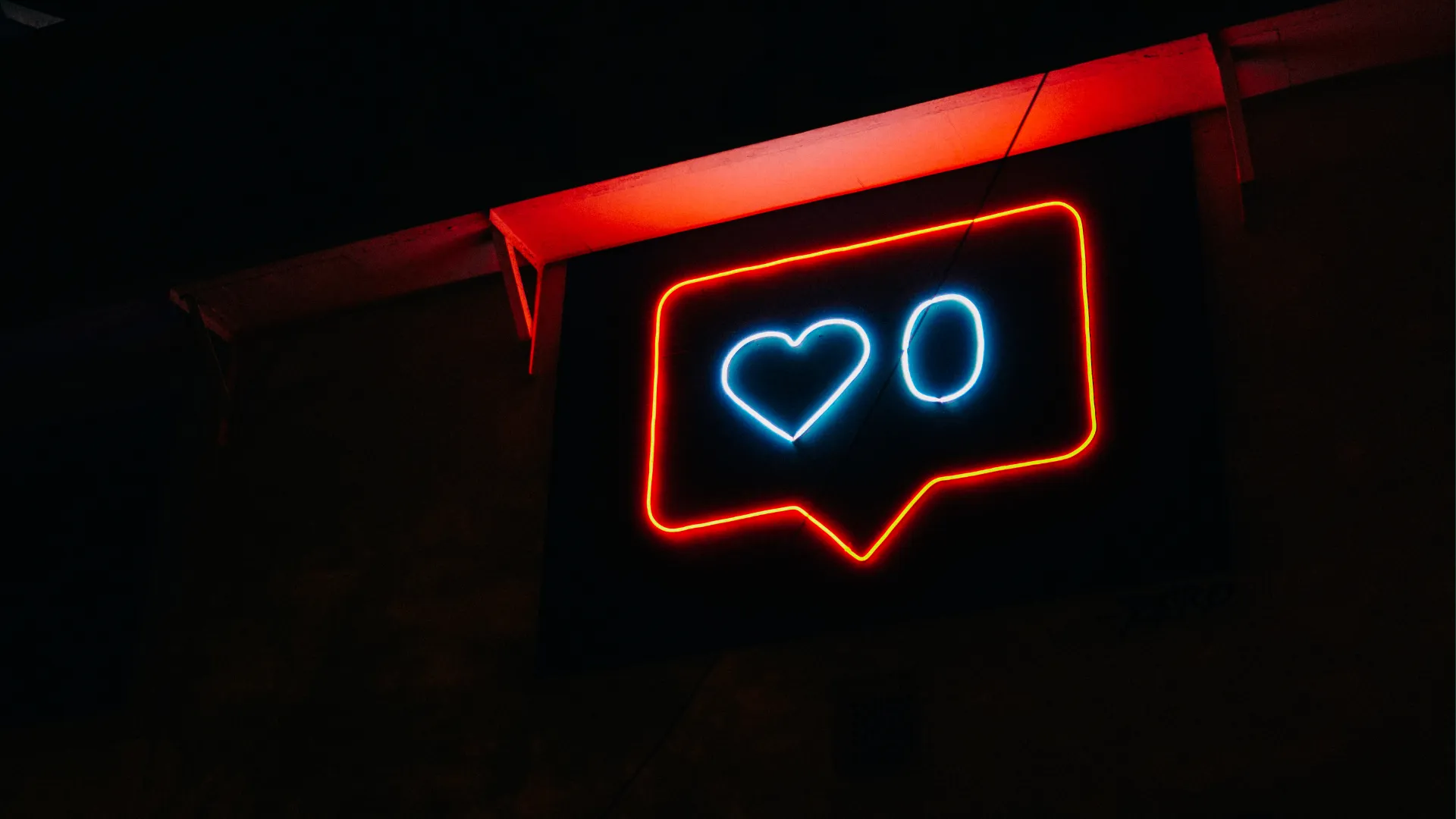
It’s not your imagination - social media feels a little quieter these days. Posts that once racked up likes, comments and shares are now met with a [...]
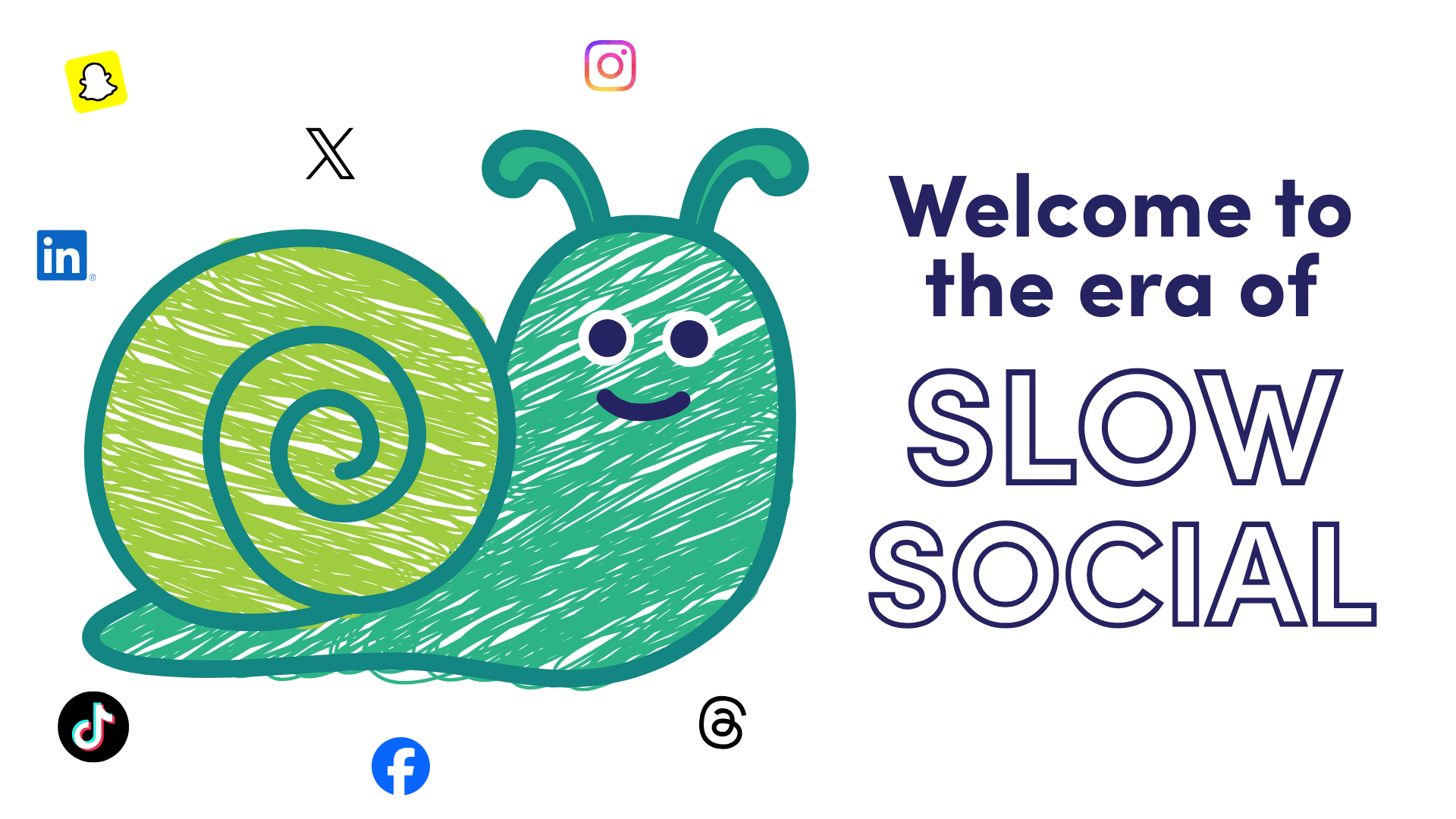
Something has shifted online this year, and if you work in marketing, you’ve felt it. Feeds feel noisier, yet somehow emptier. Search results loop endlessly. Trends peak [...]

Engaging with your audience may be more powerful than most social media teams realise. A new data study from Buffer has revealed that responding to comments on social [...]

Once upon a time, Black Friday was a single weekend event that followed Thanksgiving in the U.S. It's basically their version of Boxing Day sales but with [...]

People are opening your emails. They’re clicking your links. But… they still haven’t converted. You're first reaction is probably, "My emails aren't working." But that's not actually [...]

We’ve entered a new era of marketing - one where your content is no longer just read by people. It’s interpreted by AI. From Google’s Search Generative [...]

For months, we’ve all been wondering what the future holds for Google Ads with AI Overviews and the new AI Mode changing the way people interact with [...]

It’s not your imagination - social media feels a little quieter these days. Posts that once racked up likes, comments and shares are now met with a [...]
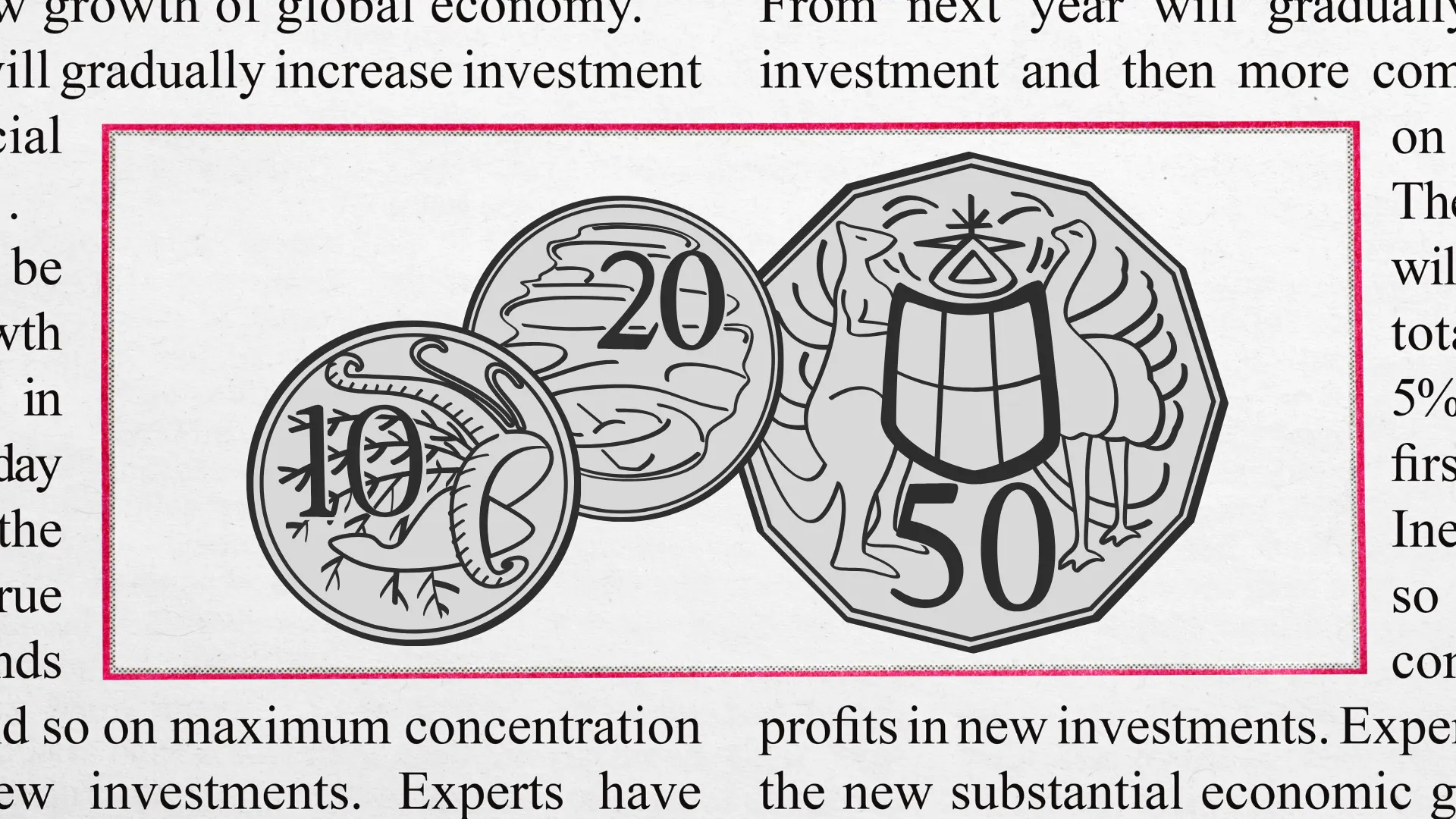
Congratulations. You’ve already beaten the odds. On average, 8 out of 10 people will read the headline of a piece of content - but only 2 out [...]

AI tools like ChatGPT, Google Gemini and Perplexity are quickly becoming part of how people discover websites. Instead of searching Google directly, users are asking AI tools [...]

We often hear that attention spans are decreasing, particularly among Gen Z. Social media platforms like TikTok and Instagram are often blamed, with headlines suggesting that endless [...]

